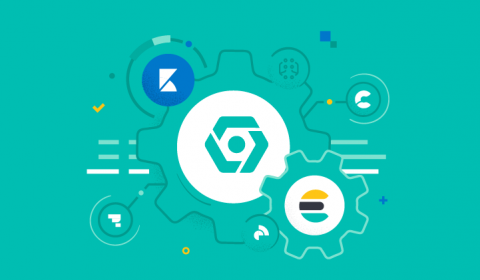Monitoring Elastic Cloud deployment logs and metrics
The ability to monitor your Elastic Cloud deployment is critical for helping ensure its health, performance, and security. Our Elastic Observability solution provides unified visibility across your entire ecosystem — including your Elastic Cloud deployments. Elastic Observability allows you to bring your logs, metrics, and APM traces together at scale in a single stack so you can monitor and react to events happening anywhere in your environment.











